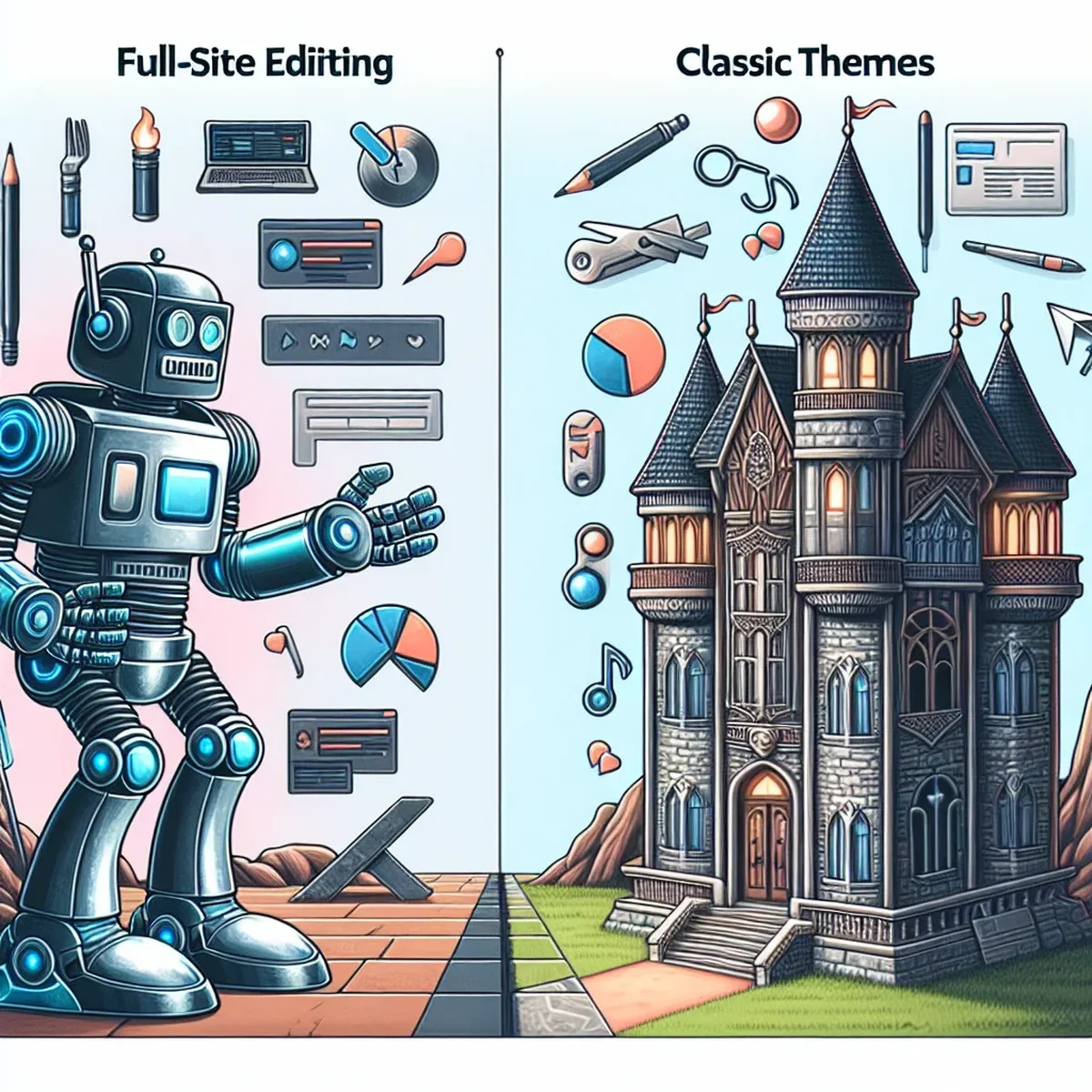Full-Site Editing vs Classic Themes: Which is Best for Your WordPress Site?

In the ever-evolving world of WordPress, the introduction of full-site editing (FSE) has sparked a significant debate: should you stick with the tried-and-true classic themes, or embrace the modernity and flexibility of FSE? This post dives into the nuances of both options, helping you make an informed decision for your digital presence.
Understanding Full-Site Editing (FSE)
Full-site editing represents a paradigm shift in how users interact with WordPress. It extends the block editor (previously used primarily for posts and pages) to all parts of the website, allowing for a holistic design approach. With FSE, every element from headers to footers, and everything in between, can be customized using blocks.
Benefits of Full-Site Editing
- Unified Interface: FSE provides a consistent experience across all parts of the site, making it easier for non-developers to manage and customize their website.
- Enhanced Flexibility: Users can tweak almost every aspect of their site without touching a single line of code, making it ideal for rapid testing and design changes.
- Streamlined Development: Developers can create templates and patterns that can be reused across projects, significantly speeding up the development process.
However, FSE is not without its challenges. It requires a learning curve for those accustomed to traditional themes and might not yet support all features needed by complex sites.
The Role of Classic Themes in Modern Web Design
Classic themes have been the backbone of WordPress sites for years. These themes use PHP templates for different sections of the site and often come with a set of options controlled via a customizer.
Advantages of Classic Themes
- Stability and Reliability: With a longer history, classic themes often offer stability and are well-documented.
- Rich Ecosystem: There are thousands of classic themes available, many of which include specific functionalities tailored to certain industries or needs.
- Granular Control Over Design: Developers have precise control over the site’s HTML output, which can be crucial for advanced SEO strategies and accessibility standards.
Limitations
- Steep Learning Curve for Beginners: New users may find it challenging to dive into PHP and understand the structure of classic themes.
- Less Flexibility in Design: Making structural changes often requires deeper coding knowledge and can be more time-consuming.
Comparing FSE and Classic Themes for Business Needs
Scalability and Flexibility
For businesses looking to scale quickly or those needing frequent updates, FSE might be the better option. It allows for easy adjustments and adaptability. In contrast, classic themes offer robust performance but may require more effort to adapt to rapidly changing needs.
User Experience and Control
FSE offers a more intuitive visual editing experience that might benefit marketing teams and content creators who prefer a hands-on approach without coding. Classic themes, while less flexible, can offer a more controlled environment, which can be crucial for complex designs and functionality.
SEO and Performance
Both approaches can be optimized for SEO. Classic themes might edge out with more precise control over the website’s markup. However, FSE’s ongoing developments continue to address performance optimizations and SEO-friendly features.
Conclusion
Choosing between full-site editing and classic themes boils down to your specific needs, skill level, and the nature of your project. For those valuing flexibility and an all-in-one interface, FSE is the way to go. However, if you require deep customization and are comfortable with coding, classic themes might be more appropriate.
Experiment with both to see which aligns best with your operational workflow and long-term digital strategy. Remember, the right choice is the one that best fits your unique scenario, helping you build and maintain an effective, engaging online presence.
FAQ
- What is full-site editing in WordPress?
- Full-site editing (FSE) in WordPress allows users to edit all parts of their website using blocks, providing a unified and flexible editing experience.
- How do classic themes differ from full-site editing themes?
- Classic themes rely on a more rigid structure with less flexibility, using PHP templates for layout and often requiring additional coding for customization.
- Is full-site editing better for SEO than classic themes?
- While both can be optimized for SEO, full-site editing offers more control over the site's structure and content, potentially enhancing SEO efforts.